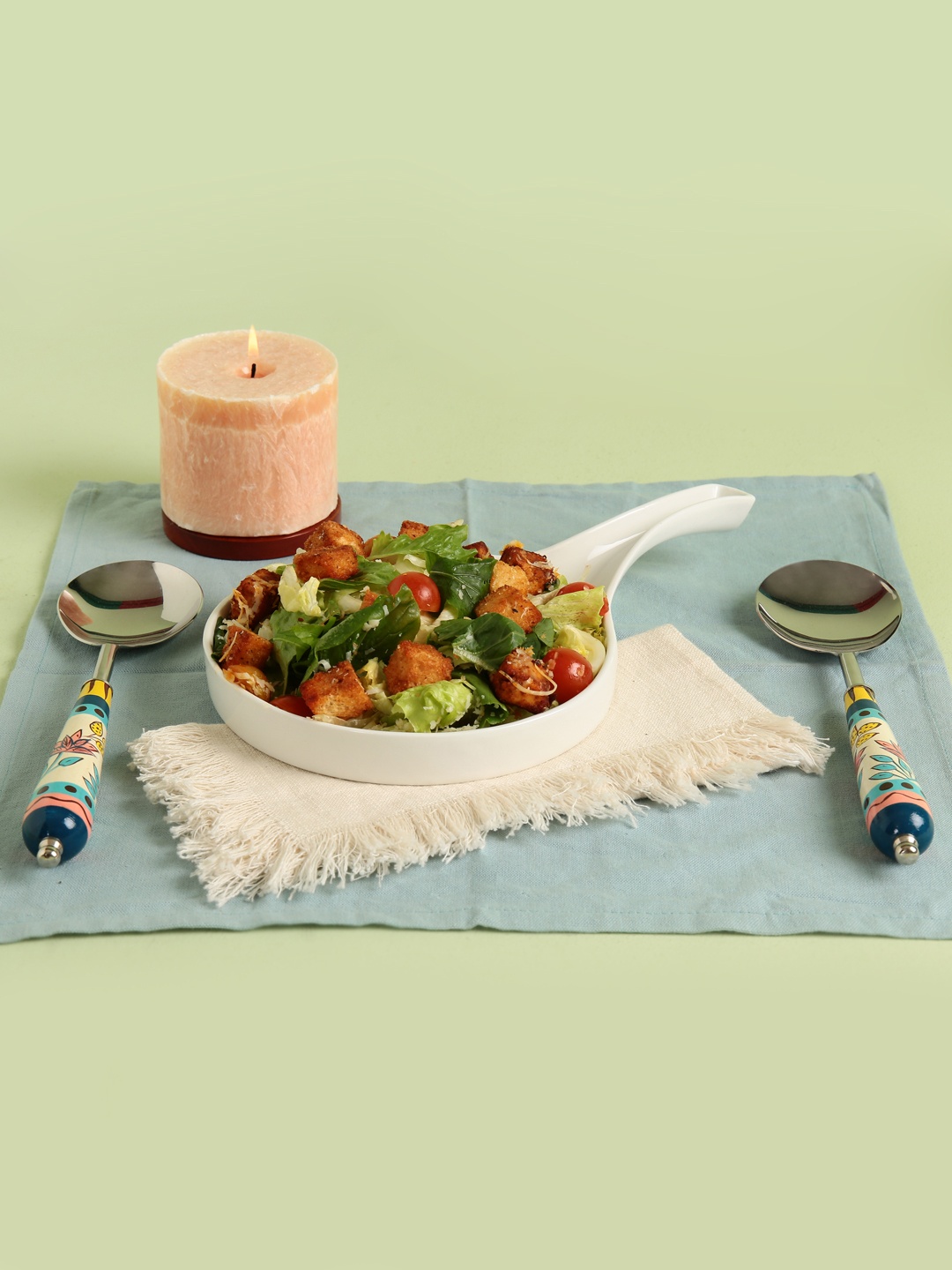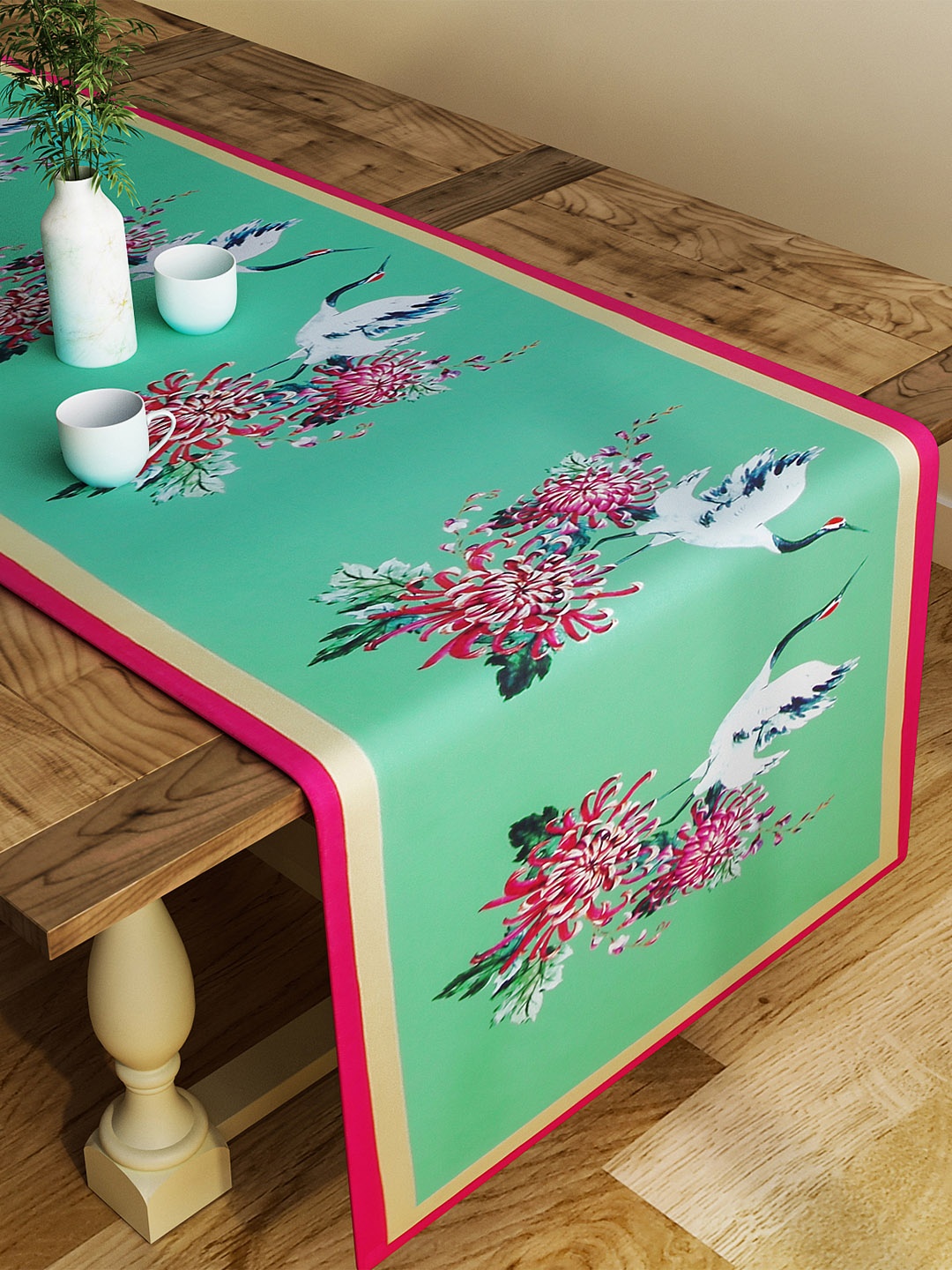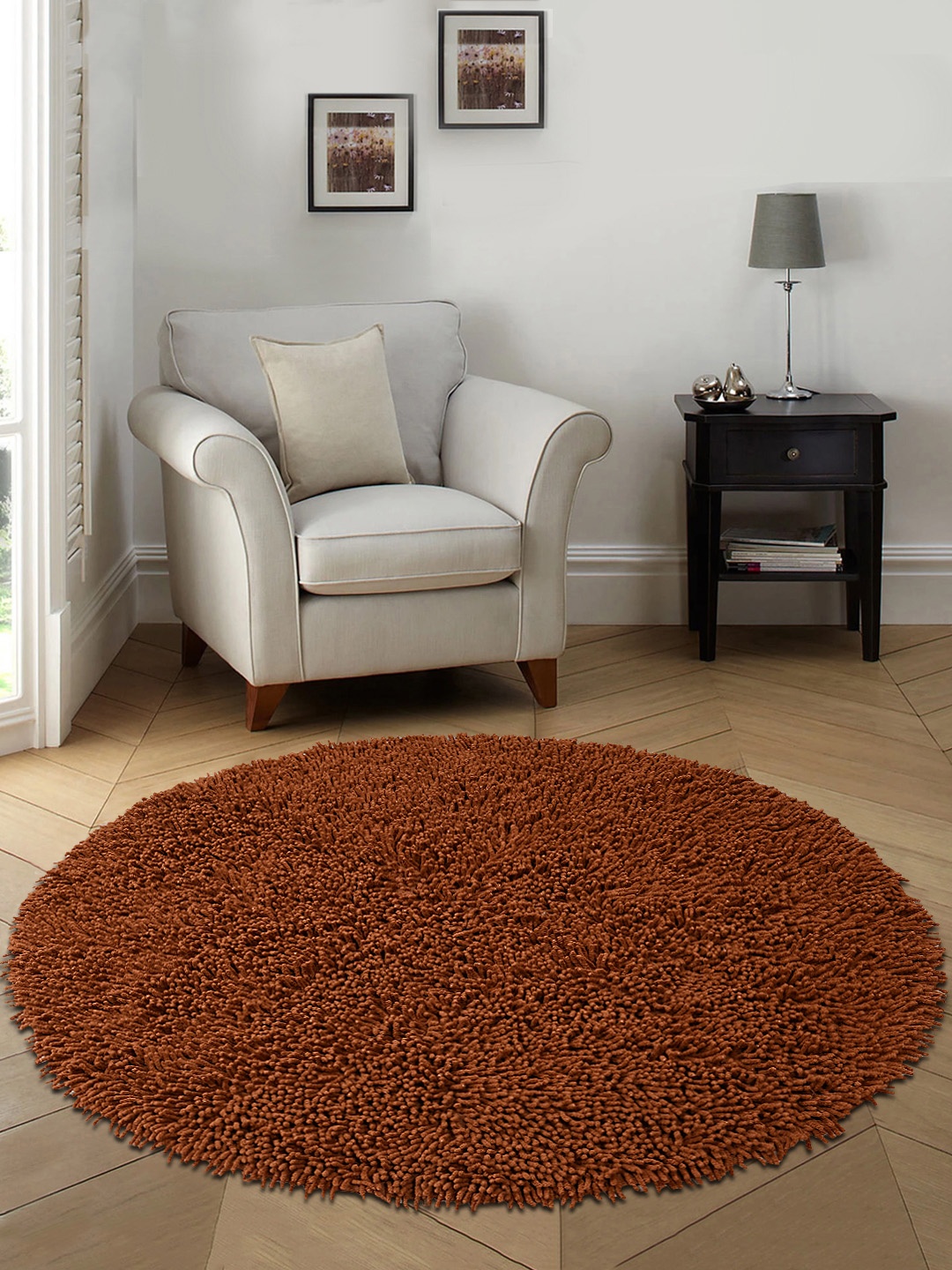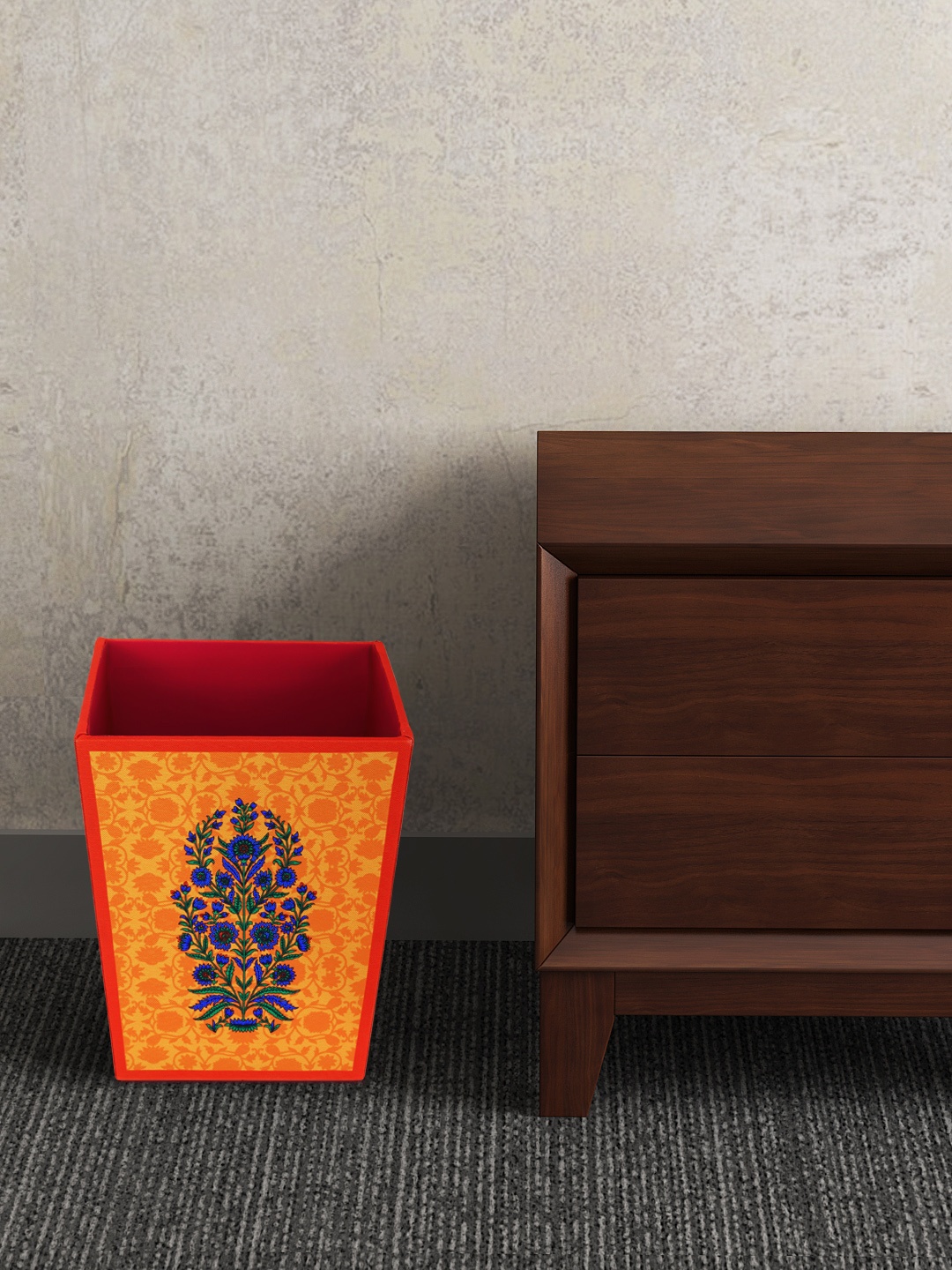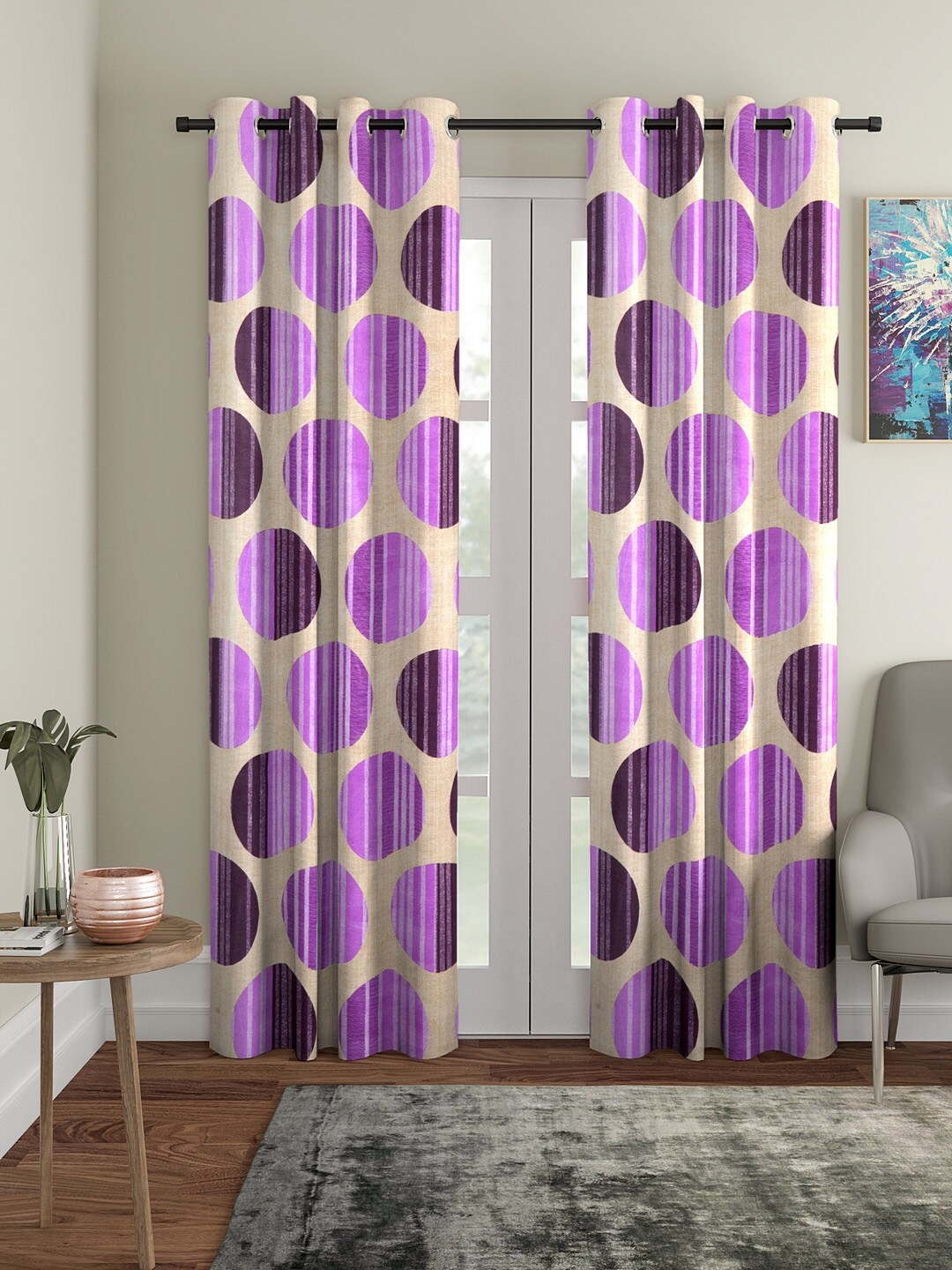How To Choose The Right Curtain Length For Every Room: Designer Tips And Common Mistakes
How to choose the perfect curtain length for any room: Curtains have the power to make or break a room. Yet, in most homes, they are either too short, awkwardly hung or completely mismatched with the space. Uncover how to transform any room from almost there to effortlessly elegant.

How to choose the perfect curtain length for any room: expert advice and mistakes to avoid.
Walk into most homes, and you'll notice one silent design crime, curtains that don't quite fit. Some hang sadly above the floor, others puddle like an overenthusiastic saree pallu. It's strange how something so simple can throw off the entire look of a room. Choosing the right curtain length is not rocket science, but there's a fine balance between looking stylish and looking sloppy. Here's the truth no one really tells you: the secret to luxurious-looking interiors isn't always expensive decor, it's attention to detail. And curtain length, believe it or not, is one of those details that quietly defines whether your space feels curated or chaotic.
So, if you want to know how to choose the right curtain length for every room, here are some designer-recommended tips and mistakes to avoid for perfect window styling in your home. Let's decode 10 curtain length rules that most homes get wrong, and how to get them right.

Curtain Length Rules No One Tells You: Why Most Homes Get It Wrong; Photo Credit: Pexels
Let's Uncover the Secrets: 10 Curtain Length Rules That Transform A Room
1. The Floating Curtain Disaster
There's something oddly disappointing about curtains that stop just short of the floor, a few inches off, leaving a visible gap that looks unfinished. It's like wearing trousers that end above your ankles, unintentionally cropped.
This is one of the most common mistakes in homes. People often underestimate measurements or hang rods too low, thinking it doesn't matter. But those few inches can ruin the visual harmony of a room. Curtains that “float” above the floor make ceilings appear lower and windows smaller.
Instead, aim for curtains that kiss the floor, barely touching it. This simple adjustment adds instant sophistication. Tailors and designers often recommend adding an extra inch or two during stitching, just in case. After all, fabric shrinks a little after its first wash.
A quick pro tip: when buying ready-made curtains, go for the longer length available. It's always easier to hem than to wish you had more fabric.
2. Hanging the Rod Too Low
Curtain rods have more power than they're given credit for. Most people install them just above the window frame, assuming that's the logical place. But that decision can make your windows, and by extension, your room, look smaller.
Here's the trick: hang your rod closer to the ceiling. The higher the rod, the taller your space appears. Even in modest homes or apartments, this illusion works wonders. Think of it as giving your room a vertical stretch without spending a rupee on renovation.
Interior stylists often say, “Hang them high, hang them wide.” Extend the rod a few inches beyond the window frame too. This ensures your curtains don't block natural light when open. It's a clever way to make windows appear grander and brighter.
If your ceiling has a fan or beam nearby, balance practicality with style, raise the rod as much as you can without it looking cramped. It's a small adjustment, but the visual payoff is big.
3. Ignoring the Curtain Style
All curtains aren't created equal, and their lengths shouldn't be either. A formal drawing room might deserve a floor-grazing, pleated style, while a cosy study might feel better with simple, functional drapes.
The length you choose should match the personality of the space. Long, flowing curtains create drama and luxury, perfect for living rooms and bedrooms. On the other hand, sill-length curtains work better in kitchens or bathrooms where practicality matters more.
A common mistake is using one-size-fits-all curtains for every room. A better approach is to think of curtains like clothing, you wouldn't wear a wedding sherwani to a beach, right? Similarly, a velvet floor-length panel in a humid kitchen will look out of place.
Tailor your curtain lengths to the mood of the room. Let them complement, not compete, with the purpose of the space.
Also Read: Top 5 Waterproof Shower Curtains For Bathrooms That Are Durable And Easy To Clean
4. Forgetting the Puddle Effect
There's something undeniably romantic about curtains that softly puddle on the floor. They whisper luxury, softness and comfort. But pull this off wrongly, and you'll have a dusty heap of fabric that looks neglected.
The “puddle effect” works best in rooms that aren't used heavily, like guest bedrooms or formal sitting areas. Add around 2–3 inches of extra length for a soft puddle or 6–8 inches for a more dramatic sweep.
However, if your home has children or pets, think twice. Long curtains quickly become toys or dust magnets. In such cases, a “floor kiss” length is more practical, elegant yet manageable.
The key is intentionality. Let the curtain puddle feel deliberate, not accidental. A well-draped curtain should look as though it's resting gracefully, not collapsing in defeat.
5. Using the Wrong Fabric for the Length
Fabric plays a huge role in how a curtain falls. Lightweight cottons and linens offer a crisp, airy feel, while heavier fabrics like velvet or jacquard bring richness. But pairing the wrong fabric with the wrong length can be disastrous.
Imagine a heavy velvet curtain stitched short, it'll look bulky and awkward. Conversely, a flimsy fabric stretched to floor length might lose structure and sag. The trick is to match the fabric's weight with the intended length.
For tall windows or long panels, go for fabrics with a gentle drape, linen-blends, viscose or light silk. For shorter or sill-length curtains, slightly stiffer fabrics help maintain shape.
And always line your curtains if possible. It adds volume, longevity and better insulation, which means a cooler home during those blazing summers and fewer peeks from nosy neighbours.
6. Not Measuring Twice
It sounds basic, but this is where most people trip up. They measure once, usually in a hurry, and assume that's enough. Curtains are all about precision, and even a small miscalculation can make them look off-balance.
When measuring, note both width and height from the top of the rod (not the window frame) to where you want the curtain to fall. Add a few extra inches for hems and hooks.
A golden rule among interior decorators is “measure twice, cut once.” It saves time, fabric and frustration. Even tailors appreciate a homeowner who knows exactly what they want, it avoids last-minute surprises.
Also, if your floor is uneven (a common reality in older buildings), measure at multiple points. A difference of even half an inch can make one side of the curtain appear lopsided.
7. Skipping the Visual Balance
Curtains are as much about proportion as they are about fabric. Many homes have beautifully stitched curtains that still look “off” because of poor visual balance.
If your curtains are too narrow, they'll look skimpy and fail to frame the window properly. Too wide, and they'll swallow the space. The ideal width is about two to two-and-a-half times the width of the window. This creates graceful folds when closed.
Balance also applies to placement. When both sides of the curtain are drawn back, they should appear symmetrical. Uneven gathering or uneven rod heights can easily ruin the look.
For larger rooms, consider layering, sheers behind heavier drapes. This not only balances light but also adds a designer finish. Think of it as jewellery for your windows, subtle, elegant, and well-proportioned.
8. Forgetting the Floor Type
Your flooring can quietly dictate the right curtain length. Marble, tiles or polished wooden floors reflect light, which highlights every inch of the curtain hem. In such spaces, precision matters. Curtains should just kiss the floor for a neat, polished look.
However, if your floor has rugs or carpets, you can afford an extra inch or two. The fabric will naturally rest on the softer surface without looking untidy.
Avoid long puddles on rough flooring like terrazzo or granite, it leads to fraying and dirt buildup. For humid climates, a short “hover” style (barely off the floor) prevents mildew and keeps things hygienic.
The goal is harmony. Curtains shouldn't fight the floor; they should complement it. When both align well, the whole room feels seamless and thoughtfully designed.
9. Overlooking Maintenance Practicalities
Let's face it, curtains attract dust faster than expected, especially in urban homes with open balconies or roads nearby. And yet, many people choose extravagant lengths without considering maintenance.
Long curtains that drag on the floor look elegant initially, but frequent washing becomes a chore. Fabrics like velvet or silk, though stunning, demand dry cleaning, a costly affair, easily ₹500–₹800 per panel in most cities.
Practical doesn't have to mean plain. Opt for washable materials like cotton blends or polyester-linen mixes. These hold their shape, are easier to clean, and still look classy.
Before finalising curtain length, think about how often they'll need cleaning. A simple decision here can save both time and money, and keep your home looking effortlessly tidy.
10. Ignoring the Mood of the Space
Every room has an emotion, the warmth of a family space, the calm of a bedroom, or the vibrancy of a lounge. Curtain length, believe it or not, plays into that mood.
Floor-length curtains exude calm and grandeur, perfect for areas where you want to relax. Shorter ones feel breezier and more casual, ideal for spaces filled with sunlight and movement.
The mistake most homes make is choosing based on convenience, not emotion. For instance, a long velvet curtain in a cheerful breakfast nook can feel heavy and misplaced. Similarly, short ones in a master bedroom might undercut its elegance.
Let your curtains tell the story of the room. Think about how you want to feel when you walk in, that's the real measure of the right length.

Curtain Length Rules No One Tells You: Why Most Homes Get It Wrong; Photo Credit: Pexels
Products Related To This Article
1. Aura Grey 2 Pieces Velvet Self Design Blackout Window Curtains
2. URBAN SPACE White & Green Embroidered Door Curtain
3. BELLA TRUE White & Red 2 Pieces Black Out Window Curtains
4. Steve & Anderson Ozzon Brown & Pink 2 Pieces Floral Black Out Window Curtain
5. Story@home Fluorescent Green & Silver-Toned Colourblocked Room Darkening Long Door Curtain
6. Steve & Anderson Bharat Motifs Red And White 2 Peices Floral Window Curtains (5 Feet)
7. Tranquebar Home Blue & Yellow Floral Printed Room Darkening Cotton Door Curtain
8. Cortina Set Of 2 White & Grey Velvet Room Darkening Window Curtain
Curtains are more than décor; they're the finishing touch that ties a space together. The right length doesn't just look beautiful, it reflects thoughtfulness, precision and personality. When chosen well, curtains elevate the mood of a home, balancing light, texture and warmth. When chosen carelessly, they can quietly disrupt the entire aesthetic.
So, before you rush to buy that next pair, take a moment. Measure properly, match the mood, and respect the floor beneath. Because sometimes, the difference between a house that looks ordinary and one that feels like home lies in just a few inches of fabric.
Disclaimer: The images used in this article are for illustration purpose only. They may not be an exact representation of the products, categories and brands listed in this article.








